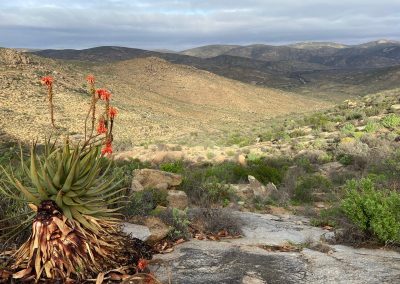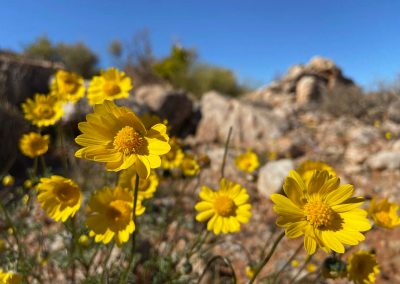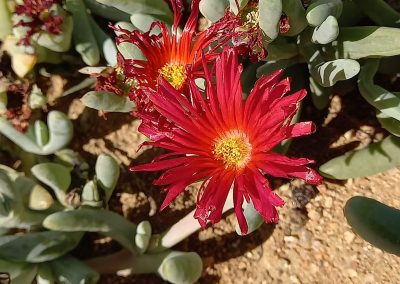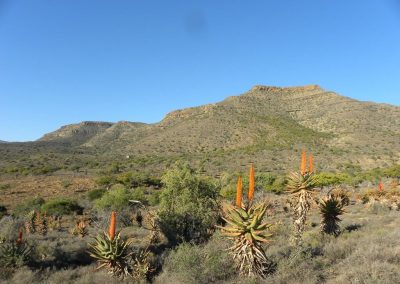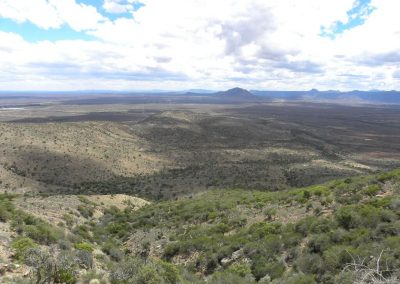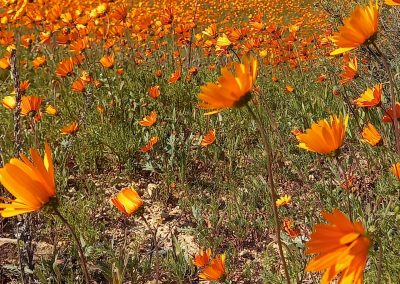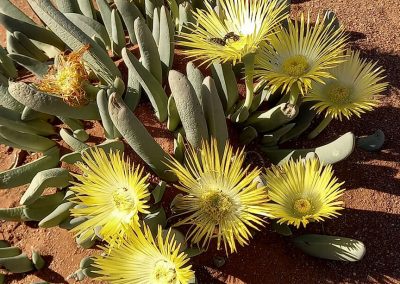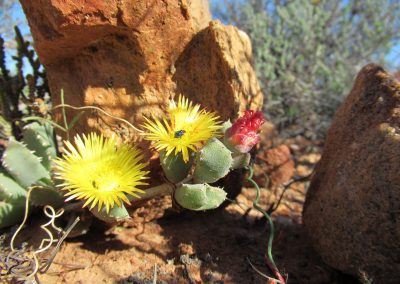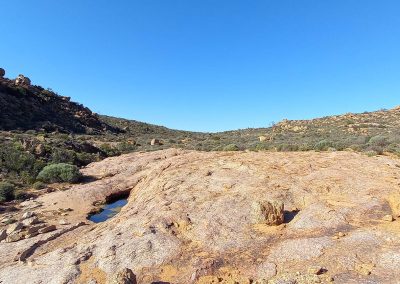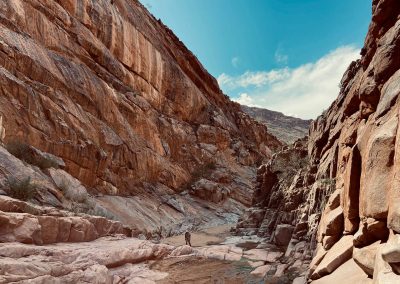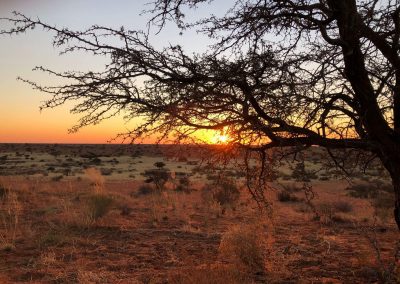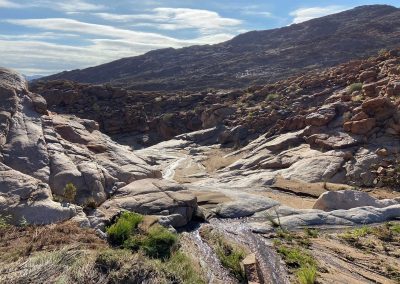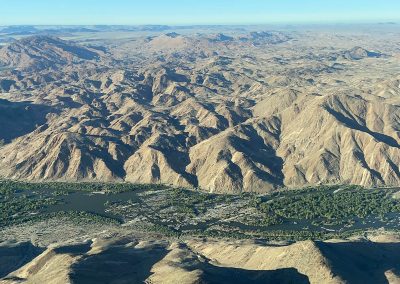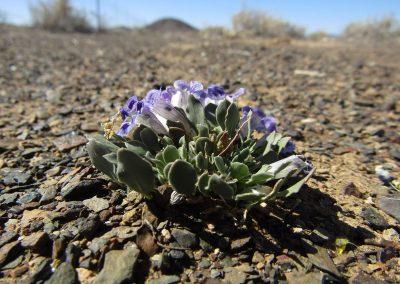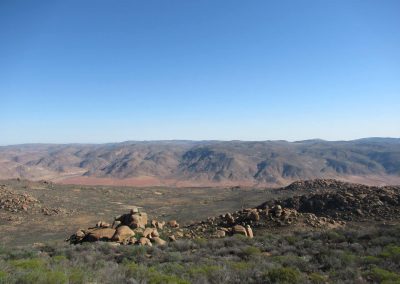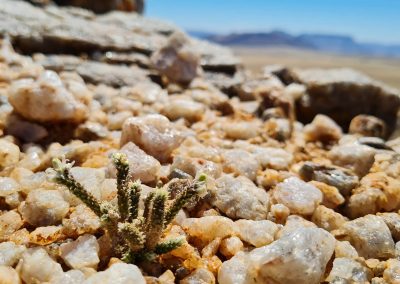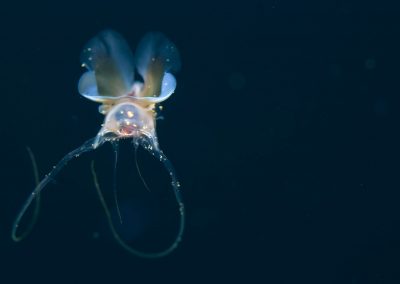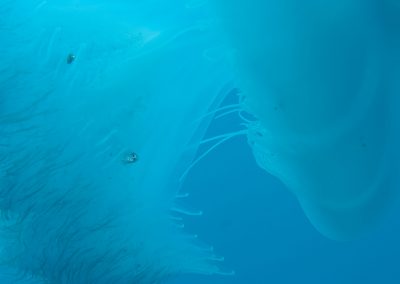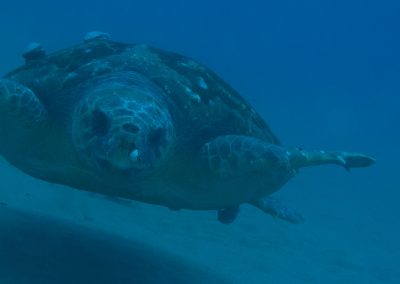Spaces
Protected
Area Programme

Northern Cape
Land Project
The Northern Cape Land project, funded by WWF South Africa through the Leslie Hill Succulent Karoo Trust (LHSKT), is a multi-phased land protection programme to assist the Northern Cape Province and SANParks in implementing their Protected Area Expansion Strategies by securing land through the implementation of Biodiversity Stewardship and Land Purchase.
Contact: Kerry Purnell (Project Manager: Northern Cape Land Project), kerry@wfa.africa
Plains of Camdeboo
Private Nature Reserve
The Plains of the Camdeboo Private Nature Reserve is situated in the Great Karoo region in the south-east interior of South Africa, north of the town of Pearston in the Eastern Cape Province. It covers 8,827 hectares. The primary aim of the reserve is to conserve, and where necessary, restore the natural landscape and its constituent habitats, species, ecological process and cultural heritage.
Contact: Angus Tanner (Senior Manager: Conservation Programme), angus@wfa.africa
Succulent Karoo
Protected Areas World Heritage Site
This two year project is aimed at completing and submitting the nomination dossier to get the Succulent Karoo Protected Areas nominated for World Heritage status under Criteria (ix) and (x) and added to the IUCN World Heritage List.
Contact: Matthew Norval (Chief Operations Officer: Conservation), matthew@wfa.africa
Lower Gariep
Conservation Corridor
The Lower Gariep Conservation Corridor Planning Phase is a one year project that will result in a full multi-year project plan to expand the Augrabies Falls National Park downstream to Onseepkans, Pella and beyond. The mechanisms to build this corridor could include Biodiversity Stewardship, purchase and other partnership options on both sides of the Gariep River including in Namibia. This project is funded by Millennium Trust.
Contact: Matthew Norval (Chief Operations Officer: Conservation), matthew@wfa.africa
Forever Wild
Succulent Plant Protection Initiative
Buffering South Africa’s unique succulent species from the impacts of the illegal wildlife trade.
Supported by IUCN Save Our Species, co-funded by the European Union
Contact: Christine Roets (Senior Manager: Conservation Operations), christine@wfa.africa
SoundSeas
Improving knowledge and management of ocean noise in South Africa.
The SoundSeas Fund has recently been established to support the development of a new project, SoundSeas, which seeks to improve understanding of ocean noise in the waters surrounding South Africa.
The main objectives of the SoundSeas Project are to: 1) map the South African marine soundscape to provide an overview of key contributing sectors and areas exposed to the greatest levels of noise pollution; 2) produce a map of noise-sensitive areas to prioritise areas for management and protection, 3) identify knowledge gaps and catalyse research to address the most important research priorities that can address the key knowledge gaps which currently limit effective governance.
Contact: Christine Roets (Senior Manager: Conservation Operations), christine@wfa.africa
Tanglewood
Conservation Area
The Eastern Cape is one of the most biodiverse regions in the world, housing seven different biomes and a high proportion of endemic species.
Tanglewood Conservation Area is within the “Bushman’s River Corridor” in the Eastern Cape of South Africa, and focuses on restoration and research of ecological infrastructure and the benefits this holds for ecosystem-based adaptation and that supports sustainable development by improving climate change resilience for both ecosystems and communities. This forms part of a broader vision to link Addo Elephant National Park to the Great Fish River Nature Reserve through the formation of connected conservation land via a series of biodiversity and nature corridors and the expansion of protected areas.
Contact: Christine Roets (Senior Manager: Conservation Operations), christine@wfa.africa
